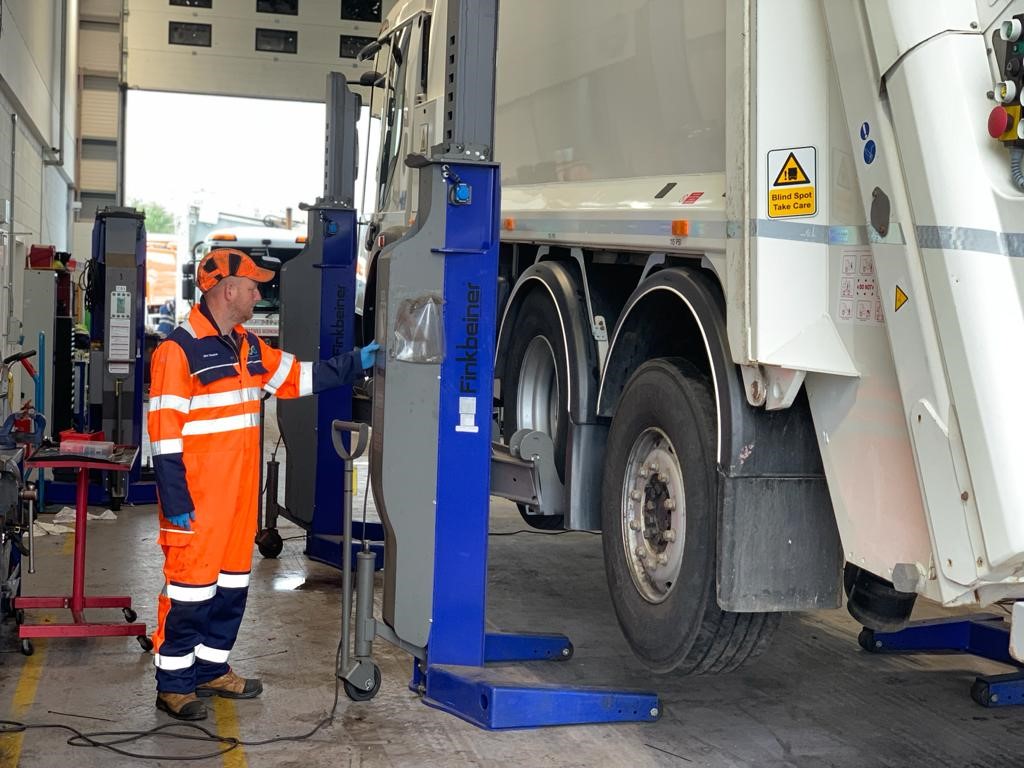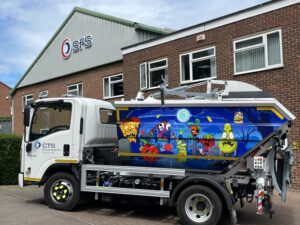BS 10125 Automotive services – Specification for vehicle damage repair processes is due to undergo its first complete revision since its publication as a British Standard in 2014. It specifies requirements for vehicle damage repair carried out by garages, service centres and mobile repair services.
Due to significant changes to the design and manufacture of the motor vehicle in recent times, such as ADAS, powertrain electrification and vehicle connectivity, changes are required to the standard to accommodate the new technology in the repair of vehicles.
BS 10125, from its inception as PAS 125, was built on the four cornerstones of safe repair as designed by the sector responsible for a safe repair. These cornerstones are commonly referred to as the Four Ms – Man, Method, Machine and Materials.
It is the firm belief of the SVS/20 Automotive Services committee that each one of these fundamentals has been affected by technology, environmental and political advances and, as such, all the standard’s clauses require a thorough review and revision where necessary.
This committee is chaired by Dean Lander, Head of Repair Sector Services at Thatcham Research.
Nick Fleming, Head of Transport and Mobility at BSI, said: ‘The automotive industry has seen a great deal of change in the last years. BSI’s standards, such as BS 10125, must adapt to meet with industry requirements and continue to promote consumer protection. This latest revision to BS 10125 will help to ensure the standard reflects new vehicle connectivity, safety and powertrain technologies in the automotive repair process.’
Dean Lander, Chair of Automotive Services committee (SVS/20) said: ‘The committee is delighted to be able to start a significant revision of BS 10125. We look forward to developing a drafting panel to complete the initial review before involving the entire industry, through SVS/20 and the wider consultation, to ensure the standard is fit for the future of the automotive repair sector. I cannot express just how important BS 10125 is for the industry, and that is why I am determined that we will be able to a modern-to-date standard that is fit for purpose and meets the needs of the industry.’




